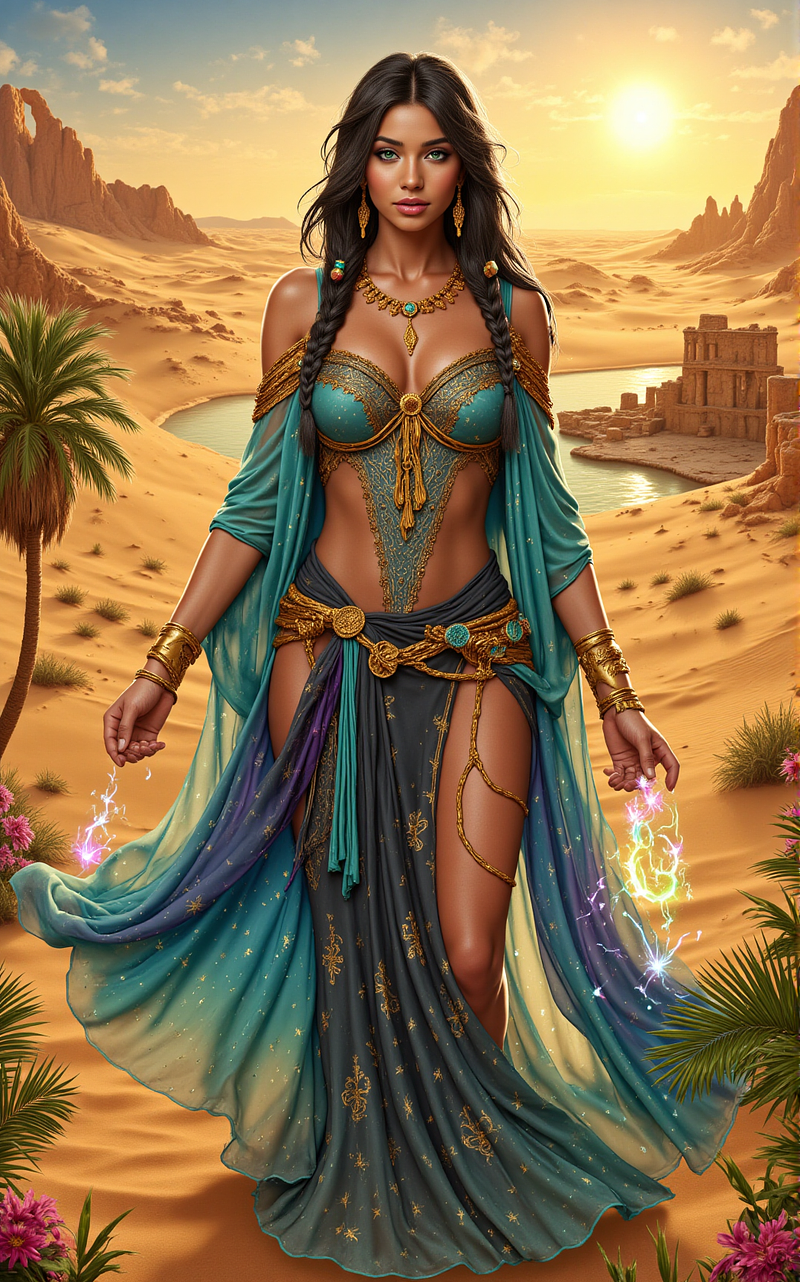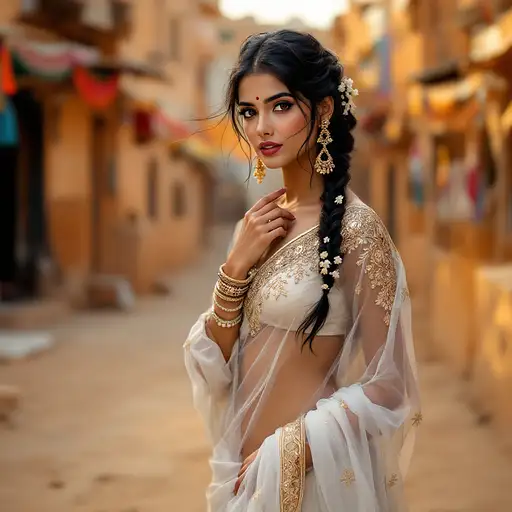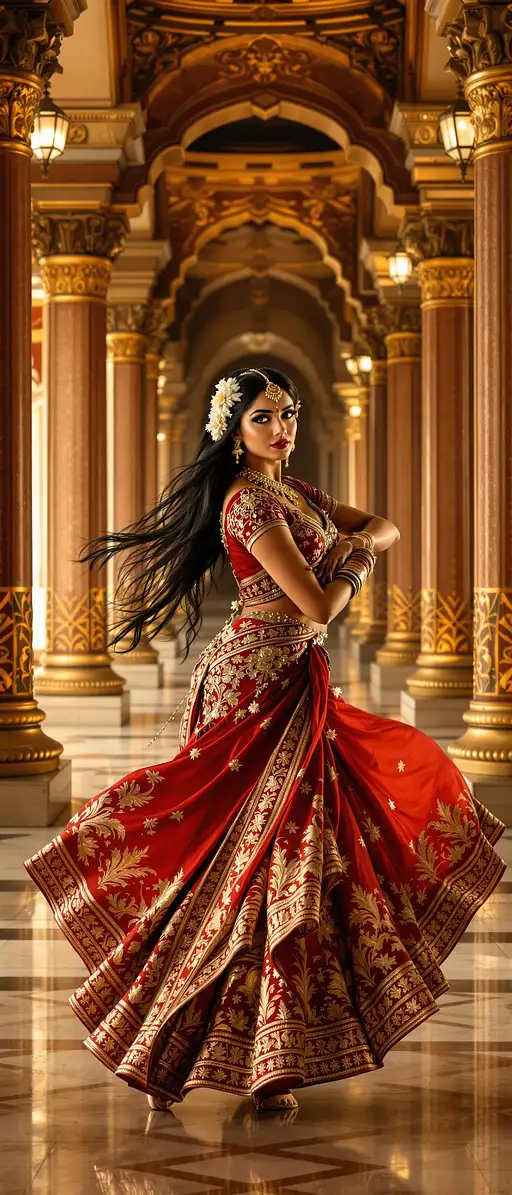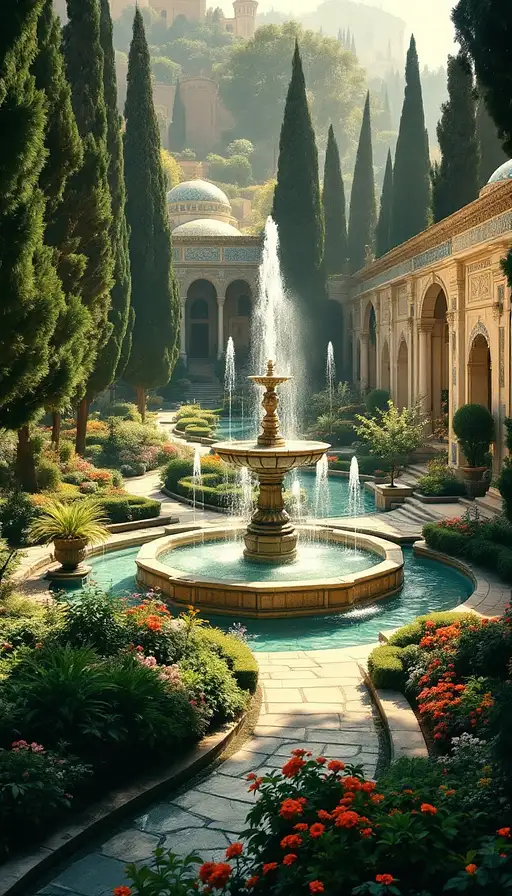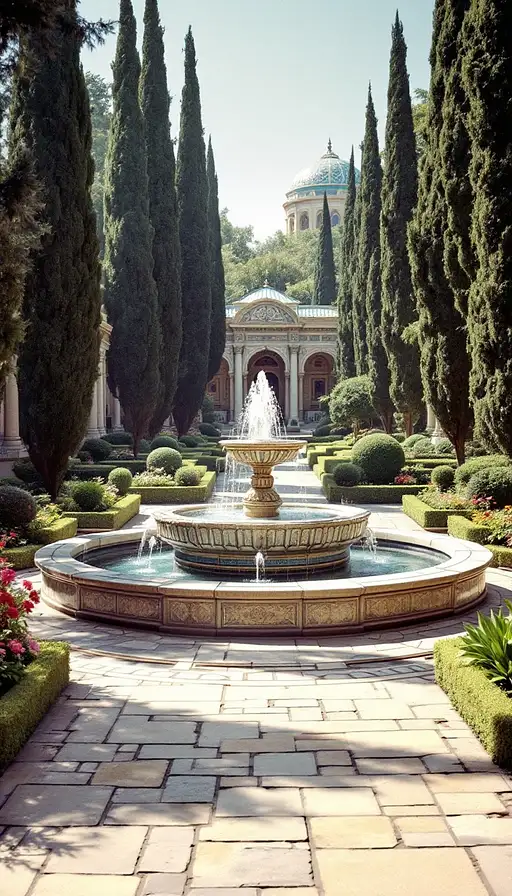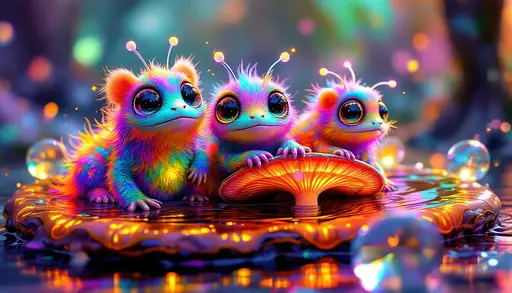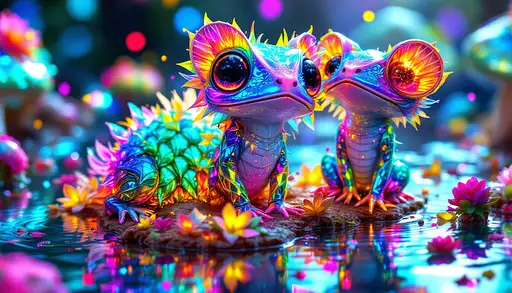
6 months ago
In the heart of a mystical desert, there lies a magical oasis where the sands of time swirl with enchantment. At the center of this captivating scene stands Jasmine, a powerful desert sorceress whose presence commands the very elements around her. Her long, flowing black hair cascades down her back, adorned with delicate braids that shimmer with golden threads, making her instantly recognizable amidst the dunes. Her eyes, a striking shade of emerald green, glow with an otherworldly light as she channels her arcane powers. Jasmine is dressed in elegant, flowing robes that dance with the desert winds, their fabric a rich tapestry of deep blues and purples, embroidered with intricate patterns that tell ancient tales of magic and mystery. Beneath her robes, she wears a form-fitting bodysuit, revealing glimpses of her journey through the sands, adorned with protective runes that pulse softly with her every movement. Her hands, adorned with ornate, golden bracelets, weave intricate patterns in the air as she casts her spells, summoning swirls of sand and gusts of wind that shape the very landscape around her. The oasis itself is a sight to behold, with crystalline waters that reflect the golden hues of the setting sun. Palm trees sway gently, their fronds rustling secrets of the desert, while vibrant flowers bloom in impossible colors, their petals infused with the magic that Jasmine wields. The sands around her form mesmerizing patterns, rising and falling like waves in an ocean of gold. In the distance, ancient ruins peek through the dunes, their stones etched with forgotten spells and symbols of a time long past. This is a place where magic and nature intertwine, and Jasmine, the desert sorceress, stands as its guardian and master.
